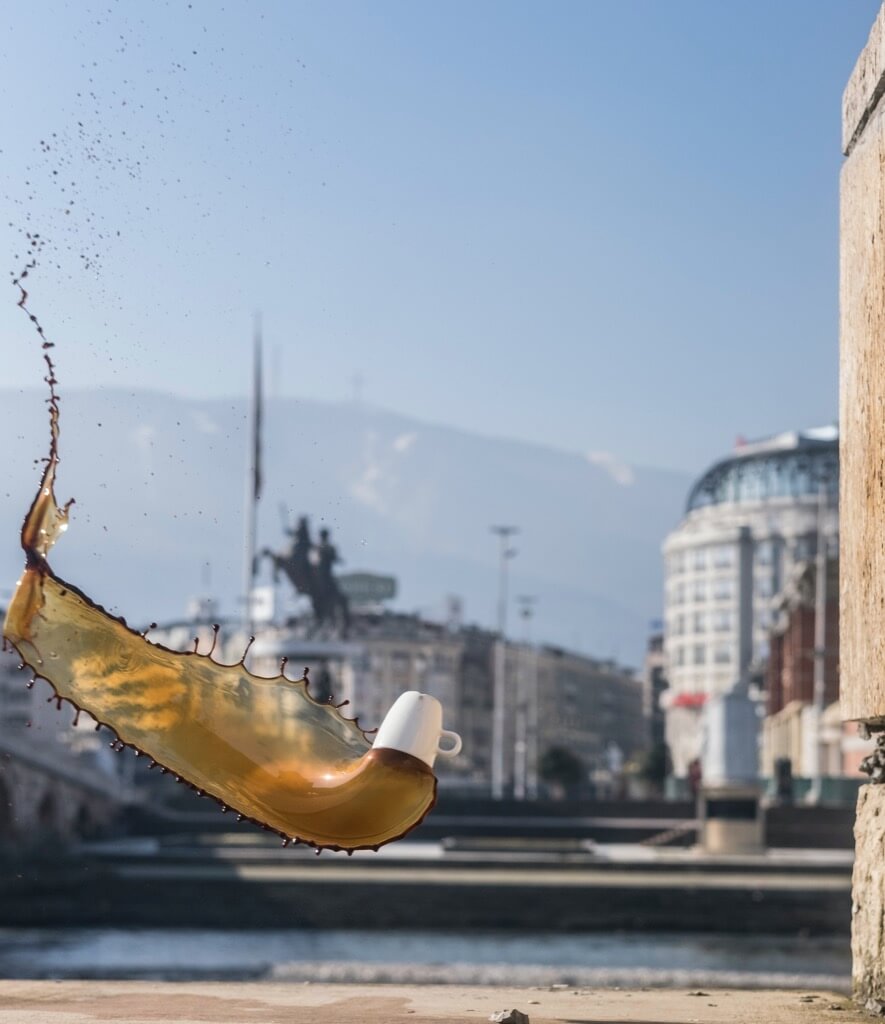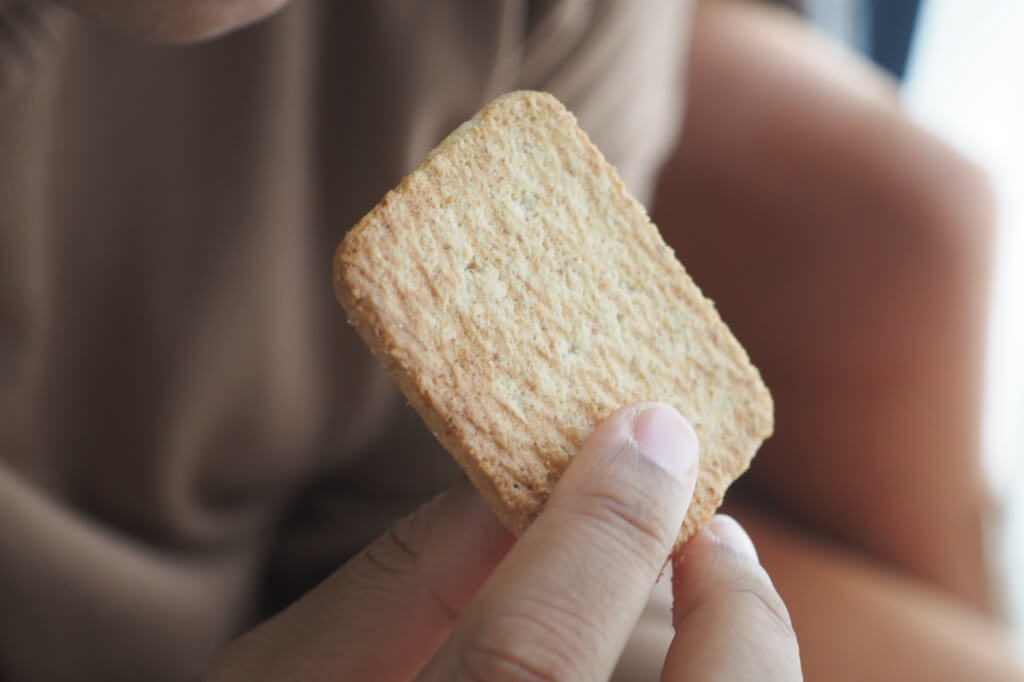The story of the “Hot Coffee” lawsuit against McDonald’s has long been touted as a prime example of a frivolous legal claim. However, delving into the facts and reasons behind Stella Liebeck’s successful lawsuit reveals a more complex and nuanced narrative.
It was the winter of 1992 when 79-year-old Stella Liebeck, a retired store clerk, visited a McDonald’s in Albuquerque, New Mexico, with her grandson. What followed was a fateful encounter with scalding hot coffee that would leave a lasting impact on both Liebeck and the fast-food giant.
Contrary to the popular narrative, Liebeck’s injuries were far more severe than a simple coffee spill. The temperature of the coffee was estimated to be between 180 and 190 degrees Fahrenheit, causing third-degree burns over 10% of her body, including her legs and genitalia. Her subsequent hospitalization, skin grafts, and debridement surgery altered her life drastically, leaving her scarred and physically debilitated.
Despite Liebeck’s initial attempts to settle the matter with McDonald’s for her medical expenses, the fast-food chain denied responsibility, offering a mere $800 in compensation. This prompted Liebeck to seek legal representation, leading to a courtroom showdown that would shed light on the true nature of McDonald’s hot coffee practices.
Reed Morgan, the attorney representing Liebeck, was no stranger to McDonald’s scalding coffee incidents. With more than 700 reported cases of coffee-related burns and a previous case involving a Houston woman, the issue at hand transcended Liebeck’s singular experience.
During the trial, McDonald’s displayed a remarkable lack of concern for the safety of its customers, with its quality control manager even acknowledging the potential dangers of serving coffee at such high temperatures. Despite evidence highlighting the severity of the burns and the need for a temperature reduction, McDonald’s remained adamant in their stance.
The jury’s verdict, initially awarding Liebeck $200,000 (later reduced to $160,000 due to shared liability) and $2.7 million in punitive damages, reflected the collective outrage over McDonald’s negligence and indifference toward customer safety. Although the final settlement remains undisclosed, the impact of the case reverberated beyond the courtroom.
In the aftermath of the incident, while warnings on hot beverages became more prevalent, the temperature of coffee at various chains remained largely unchanged. Innovative container designs aimed at minimizing spill risks emerged, signaling an industry-wide attempt to mitigate similar legal battles.
However, the enduring legacy of the “Hot Coffee” incident at McDonald’s serves as a reminder of the importance of corporate accountability and customer safety. It highlights the need for businesses to prioritize responsible practices and prioritize customer well-being, fostering a culture of transparency and genuine concern.
Other Hot Messes You Should Know About
The Starbucks Hot Tea Debacle
In 2010, a woman in the US filed a lawsuit against Starbucks after sustaining severe burns from a cup of hot tea. The incident occurred when the poorly secured lid led to the scalding tea spilling on her lap, causing significant injuries. Despite Starbucks maintaining that the temperature of their tea was within industry standards, the case shed light on the need for improved safety measures and stringent quality checks across all beverage services, emphasizing the crucial role of secure packaging in preventing customer mishaps.
The Wendy’s Chili Incident
A customer’s discovery of a severed finger in a bowl of Wendy’s chili in 2005 sparked a nationwide frenzy, leading to significant financial and reputational damage for the fast-food chain. The ensuing investigation unveiled an elaborate hoax orchestrated by the customer, drawing attention to the critical importance of maintaining the integrity of food supply chains and implementing stringent quality control measures. The incident acted as a catalyst for the industry to bolster its security protocols, safeguarding the trust and confidence of consumers in the food they consume.
Burger King’s Food Contamination Scare
In 1997, Burger King faced a food contamination scare when traces of rat droppings were discovered in a Philadelphia restaurant’s kitchen. The revelation triggered widespread concerns about food safety standards and hygiene practices within the fast-food industry. As a result, stringent sanitation regulations were enforced, highlighting the need for comprehensive hygiene training and regular inspections to ensure compliance with health and safety protocols. The incident underscored the imperative of maintaining impeccable cleanliness standards to safeguard customer health and prevent detrimental repercussions on brand reputation.
Taco Bell’s E. coli Outbreak Crisis
Taco Bell faced a major crisis in 2006 when an E. coli outbreak was traced back to its lettuce supply, resulting in numerous reported cases of illness across multiple states. The incident exposed significant gaps in the food chain management system and supply chain transparency. It prompted Taco Bell and other fast-food chains to institute stringent safety protocols, emphasizing the critical need for rigorous quality control measures at every stage of the supply chain. The event served as a powerful reminder of the pivotal role played by comprehensive safety protocols in maintaining consumer trust and ensuring the delivery of safe and wholesome food products.
Domino’s Pizza Social Media Disaster
In 2009, two Domino’s Pizza employees uploaded a controversial video showcasing inappropriate food-handling practices, triggering a widespread public relations crisis for the company. The incident highlighted the critical role of employee training and supervision in upholding food safety standards and maintaining brand integrity. It prompted Domino’s and other players in the industry to reinforce strict guidelines for employee behavior and sanitation practices, emphasizing the crucial role of ethical conduct and stringent monitoring in preserving consumer trust and loyalty.
Understanding Hot Beverage Safety Measures
If you find yourself in a situation involving a spill or mishap with a hot beverage, it’s crucial to handle the situation with caution and awareness. Here’s a guide to help you navigate such incidents effectively and ensure your safety and well-being.
Assessing the Risks and Taking Immediate Action
- Assess the Severity of the Situation: Evaluate the extent of any burns or injuries promptly. Prioritize your safety and well-being by understanding the severity of the incident.
- Act Quickly to Minimize Damage: Take immediate action to minimize the impact of the spill. Remove any clothing or material that might retain the heat and exacerbate the injuries.
Seeking Appropriate Medical Assistance
- Contact Emergency Services if Necessary: If the injuries are severe or you’re uncertain about the extent of the damage, don’t hesitate to contact emergency services for immediate medical attention.
- Consult a Medical Professional: Visit a medical professional to assess the extent of the injuries and receive appropriate treatment. Ensure that all necessary precautions and measures are taken to prevent further complications.
Documenting and Reporting the Incident
- Document the Details of the Incident: Record the specifics of the event, including the temperature of the beverage and any contributing factors. Collect relevant information that can support your case or any subsequent claims.
- Report the Incident to the Relevant Authorities or Establishments: Notify the appropriate authorities or establishments, such as the management of the coffee shop or the relevant regulatory agencies, about the incident. Ensure that a formal record of the occurrence is created.
Understanding Your Legal Rights and Options
- Seek Legal Consultation: If you believe the incident occurred due to negligence or inadequate safety measures, consider seeking legal consultation. Understand your rights and options regarding potential compensation or liability claims.
- Gather Relevant Evidence: Collect any evidence or documentation that can support your case, such as medical records, witness statements, and any relevant communication with the establishment involved.
Advocating for Improved Safety Standards
- Raise Awareness about Safety Concerns: Share your experience and raise awareness about the importance of stringent safety standards for hot beverages in public spaces. Advocate for improved safety measures and responsible practices to prevent similar incidents in the future.
- Support Initiatives for Consumer Protection: Participate in initiatives that promote consumer safety and protection, emphasizing the need for stringent regulations and quality control measures in the food and beverage industry. Contribute to efforts that prioritize customer well-being and advocate for comprehensive safety protocols.




